
Food Manufacturer Improves Safety and Productivity
### Title: Food Manufacturer Improves Safety and Productivity In the highly competitive and regulated food manufacturing industry, companies are constantly striving to enhance both safety and productivity to meet consumer demands, comply with strict regulations, and maintain a strong market position. One such food manufacturer has successfully implemented a series of strategies and initiatives that have led to significant improvements in these crucial aspects. #### 1. Introduction The food manufacturer in question, which specializes in a wide range of processed food products, recognized the importance of ensuring the highest levels of safety while also optimizing its production processes to boost productivity. By investing in advanced technologies, employee training, and process improvements, the company has achieved remarkable results that have not only benefited its bottom line but also enhanced its reputation for quality and reliability.

#### 2. Upgrading Equipment and Technology One of the key steps taken by the food manufacturer was to upgrade its production equipment and adopt the latest technological advancements. For instance, automated processing lines were installed to replace some of the more labor-intensive and error-prone manual operations. These automated systems are capable of precisely measuring and mixing ingredients, ensuring consistent product quality batch after batch. In the packaging department, state-of-the-art packaging machines were introduced that can handle a higher volume of products with greater speed and accuracy. Moreover, the company implemented advanced food safety monitoring technologies. Sensors were placed at various critical points throughout the production process to continuously monitor parameters such as temperature, humidity, and pH levels. These sensors are connected to a centralized monitoring system that alerts operators immediately if any of the measured values deviate from the predefined safety ranges. This real-time monitoring has significantly reduced the risk of food spoilage and contamination, ensuring that only safe products reach the consumers. #### 3. Employee Training and Safety Culture Recognizing that employees play a vital role in maintaining safety and productivity, the food manufacturer placed a strong emphasis on comprehensive training programs. All employees, from those working on the production floor to management staff, undergo regular training sessions on food safety protocols, proper handling of equipment, and emergency response procedures. Training is not limited to just the initial onboarding but is an ongoing process. Refresher courses are provided periodically to keep employees updated on the latest industry standards and any changes in internal procedures. Additionally, the company has been working hard to foster a strong safety culture. Safety incentives and recognition programs were established to encourage employees to actively participate in maintaining a safe working environment. Through regular safety meetings and open communication channels, employees feel empowered to report any potential safety issues or suggest improvements, creating a collaborative atmosphere focused on safety. #### 4. Process Optimization The food manufacturer also focused on optimizing its production processes to increase productivity. A detailed analysis of the entire production workflow was conducted to identify bottlenecks and areas where improvements could be made. For example, by rearranging the layout of the production facility and optimizing the flow of raw materials and finished products, the company was able to reduce unnecessary movement and waiting times. Lean manufacturing principles were applied to eliminate waste in various forms, such as excess inventory, overproduction, and unnecessary processing steps. This not only improved efficiency but also reduced costs associated with waste disposal and inventory management. Just-in-time inventory systems were implemented, ensuring that raw materials are delivered precisely when needed, minimizing storage space requirements and the risk of spoilage. #### 5. Quality Control and Assurance To further enhance safety and productivity, the food manufacturer strengthened its quality control and assurance measures. Rigorous testing procedures were put in place at multiple stages of the production process. Raw materials are inspected thoroughly upon arrival to ensure they meet the required quality standards. During production, samples are taken regularly for in-house testing to monitor key quality parameters, and final products undergo comprehensive quality checks before being released to the market. The company also maintains close relationships with its suppliers, regularly auditing them to ensure the consistent supply of high-quality raw materials. This proactive approach to quality control has helped to minimize product recalls and customer complaints, safeguarding the company's brand reputation while also reducing the costs associated with rework and lost sales due to quality issues. #### 6. Results and Future Outlook The efforts made by the food manufacturer have yielded impressive results. The rate of food safety incidents has decreased significantly, with a notable reduction in instances of contamination and spoilage. Productivity has also seen a substantial boost, with the company being able to increase its production output while maintaining or even improving product quality. This has translated into higher profits and a stronger market position. Looking ahead, the company plans to continue its commitment to safety and productivity improvement. It aims to explore further technological innovations, such as the integration of artificial intelligence and machine learning in quality control and predictive maintenance of equipment. By staying at the forefront of industry trends and continuously investing in its people, processes, and technology, the food manufacturer is well-positioned to meet future challenges and maintain its upward trajectory in the highly competitive food manufacturing sector. In conclusion, this food manufacturer serves as an excellent example of how a combination of strategic investments in technology, employee training, process optimization, and quality control can lead to significant improvements in both safety and productivity within the food manufacturing industry. Other companies in the sector can draw inspiration from its success story and implement similar strategies to achieve their own goals in this regard.

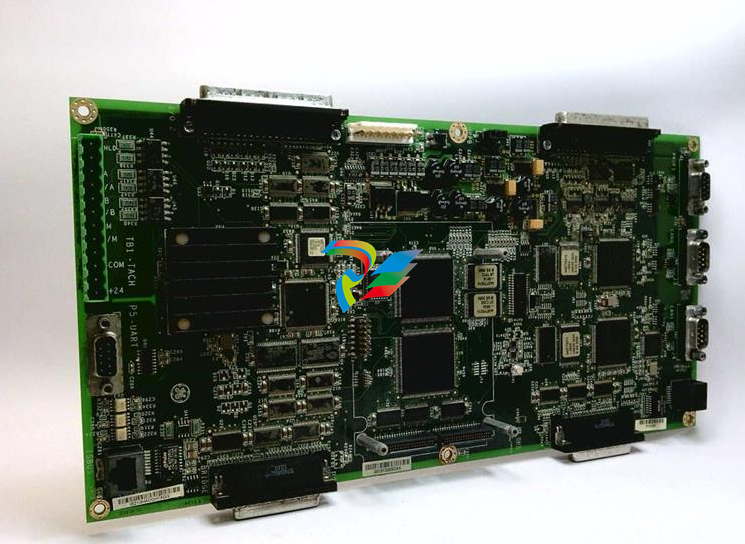


.jpg)

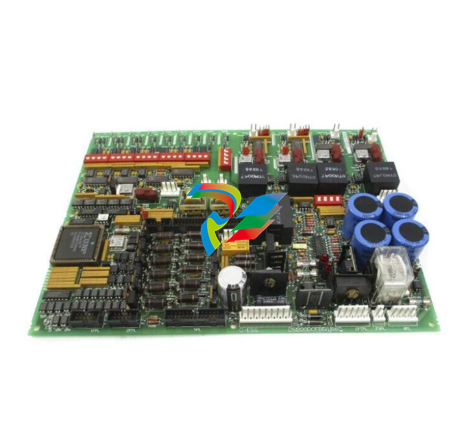






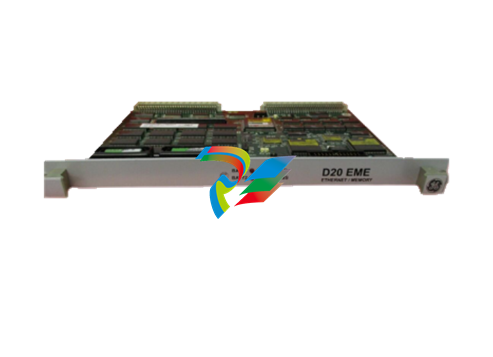
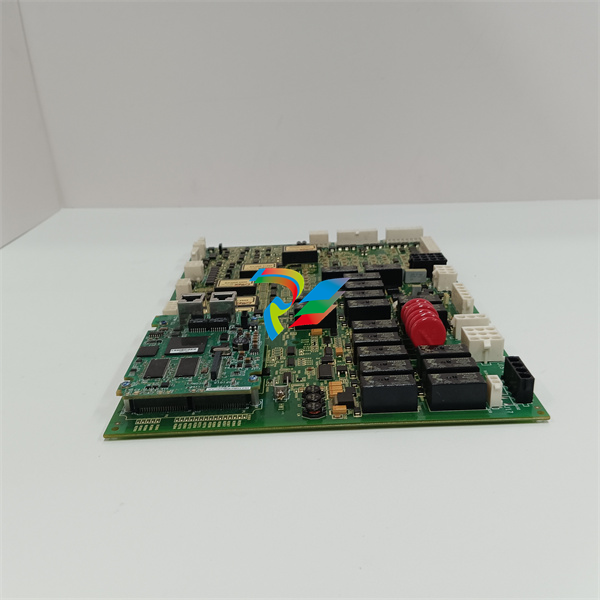
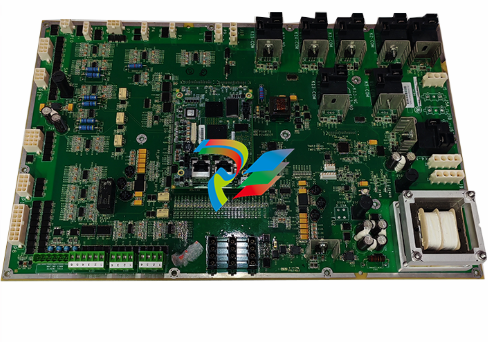





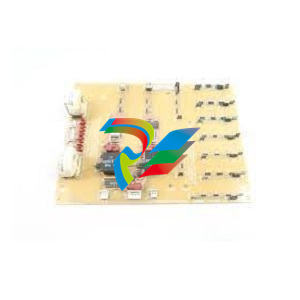

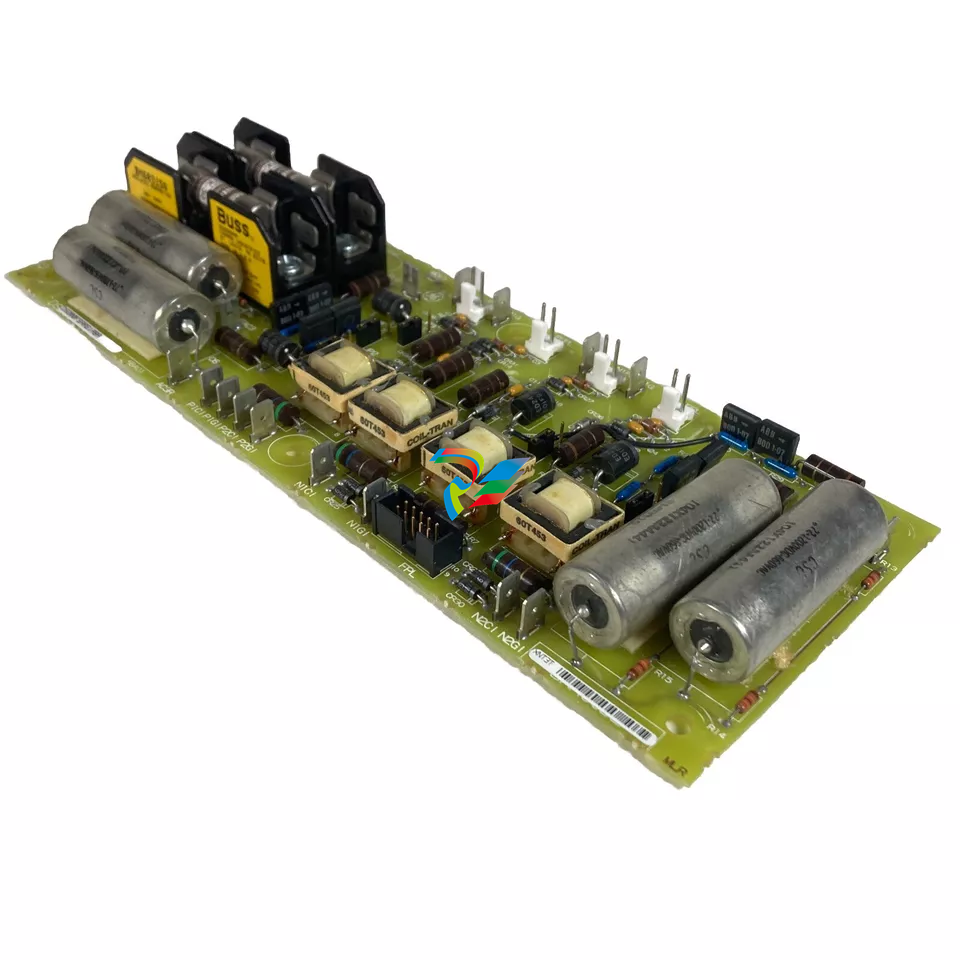
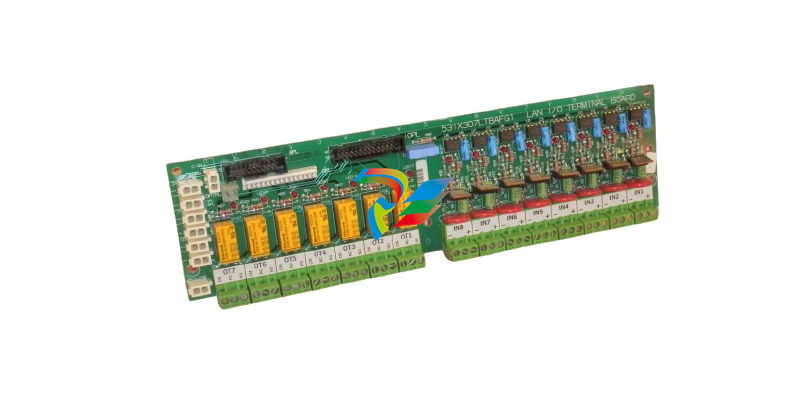




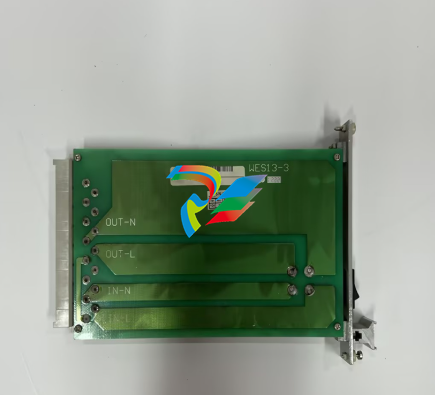

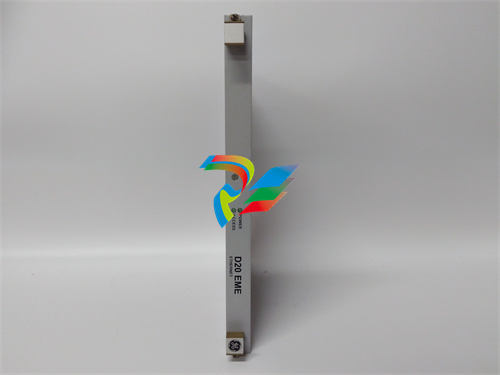








































.jpg)
.jpg)





.jpg)



.png)
.jpg)

.jpg)
_lVjBYb.jpg)

.jpg)
.jpg)



.jpg)
.jpg)







.jpg)

.jpg)
.jpg)








